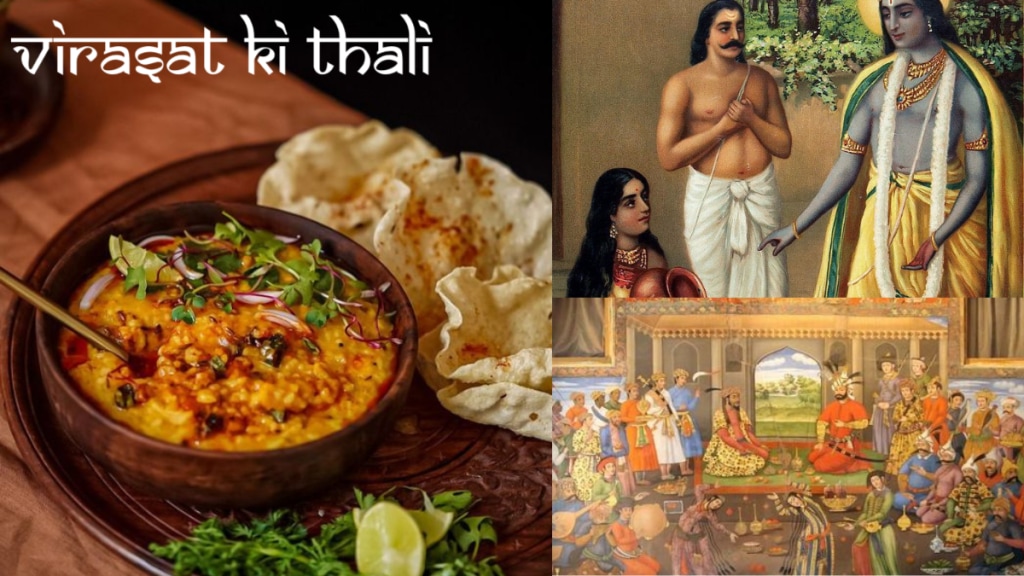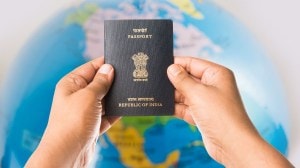Welcome to yet another edition of Virasat ki Thali-a month long series that celebrates the rich tapestry of Indian food and it’s origin because, well, we know if you love the dish, you are probably interested to know about it’s origin too.
This week we have brought to you a simple dish, a dish that is so homely and comfy that just a spoon of it could make you feel at home. This dish is so interesting that it could be eaten when you don’t feel like eating anything at the same time, this could be a dish you wanna eat on festive days.
It is absolutely unique, whether it is a combination of 5 or just one. Aside from 56 different gourmet dishes, ‘khichdi’ is helpful. ‘Khichdi’ from the plates of history is presented. ‘Khichdi’ is typically cooked from rice and split green lentils, but there are numerous ways to improve the flavor in both preparation and consumption.
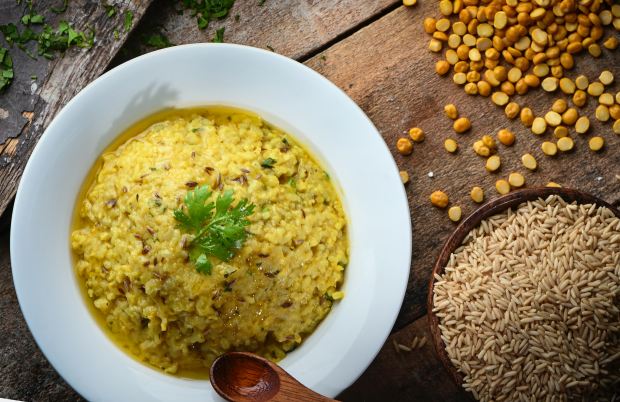
Our comfort food ‘Khichdi’ is said to have four companions. Pickle, curd, ‘papad,’ and ghee (clarified butter). Well, the simple ‘khichdi’ made your mouth water.
So here’s we have tracked down the history of this simple yet controversial dish ( you might have heard it too), and it turns out it ain’t as simple as it’s preparation.
The Origins: A dish that nourished nations
Khichdi – even the name sounds comforting, doesn’t it? Imagine a warm bowl of rice and split green lentils, simmered to perfection and subtly seasoned. But do not let its simplicity fool you, for behind this seemingly modest concoction lies a history as rich and diverse as the Indian subcontinent itself.
Travel back in time to the 16th century, where ‘khichdi’ held a pivotal role in the diets of both rural populations and urban laborers. This unassuming dish, often prepared with rice and lentils, supported over half the population – a testament to its versatility and nourishing qualities.
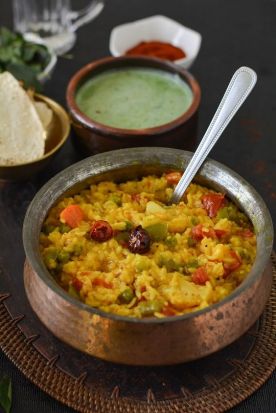
It is worth noting that the number of people eating ‘khichdi’ was so large that travellers like as Ibn Battuta, Abdul Razzak, and Francisco Balzac noticed it in their works. Not only that, but circa 1470 A.D., Russian traveller Afanasy Nikitin, who was on a tour of India, said that ‘khichdi’ was also served to horses.
The roots of ‘khichdi’ extend further back, with references found in the Indian epic ‘Mahabharata.’ The tales of Draupadi serving khichdi to the Pandavas during their exile and Sudama’s unfortunate encounter with a mischievous monkey reflect the enduring presence of this dish throughout history.
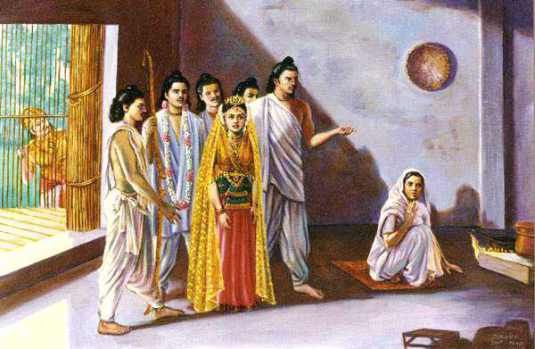
The Europeans
Rice was an unknown and distinctive grain to early European visitors. Aristobulus, one of Alexander’s comrades, wrote around 327 B.C. ‘Rice is an unusual plant that is grown in a flooded area.
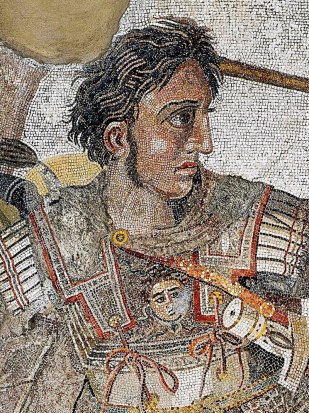
During his war in India (305-303 BC), the Greek monarch Seleucus reported that rice with pulses is particularly popular among the people of the Indian subcontinent. Strabo also mentions that Indian diet consisted primarily of rice porridge and a rice-based liquor known now as arak. During his sojourn in India in 1350, Moroccan adventurer Ibn Battuta described khichdi as a dish made of rice and mung beans. Afanasiy Nikitin, a Russian explorer who ventured to the Indian subcontinent in the 15th century, described khichdi in his works.
Mughals
It was immensely popular among the Mughals, particularly Jahangir. The recipe for khichdi is mentioned in Ain-i-Akbari, a 16th-century text penned by Mughal Emperor Akbar’s vizier, Abu’l Fadl, and includes seven variations.There is a personal anecdote concerning
Jahangir, an emperor who could feast on exotic delicacies, turned to ‘khichdi’ as his comfort food of choice. Lazeezan, a Gujarati variant of ‘khichdi,’ was his indulgence – adorned with dry fruits and fragrant spices, it was a dish fit for royalty.
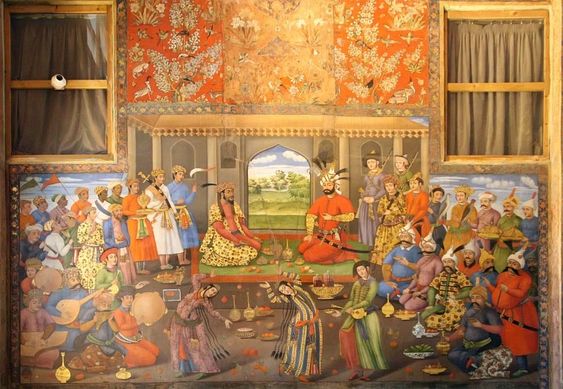
The Mughal era witnessed ‘khichdi’ taking on many forms. Even Aurangzeb who was not fond of food, loved Alamgiri Khichdi, enhanced with fish and boiled eggs, eventually crossed borders to become the British kedgeree, a dish cherished even across the seas.
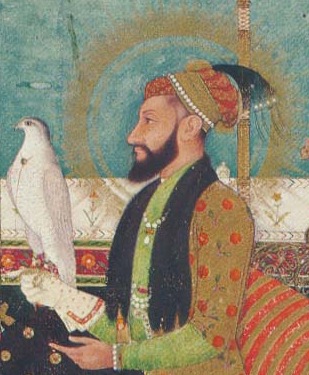
According to the Ain-I-Akbari, written in 1590 A.D., the ‘Khichdi’ cooked in Emperor Akbar’s kitchen contained equal amounts of rice, split mung lentils, ‘ghee,’ and a tiny amount of spices. The crucial thing to remember is that the ‘ghee’ used in it was sourced from the Haryana region of Hisar.
Just think about it. Emperor Jahangir, who used to eat dry fruits, mutton and various types of delicious dishes, would say to his cooks. ‘Take away these dishes. Today, I will eat ‘khichdi’.’
During British era
Later, during the colonial era, the British who brought this recipe back to their country termed this type of khichdi kedgeree. By the nineteenth century, kedgeree had evolved into a sophisticated breakfast/brunch dish in England that is still popular today.
Health benefits
Did you know, in Ayurveda, all lentils are believed to cause gas. But, according to the great physician, Sushrut the soup of mung lentils should be drunk, every day because, it is the least gas inducing.
Maybe, that is why it is given to small children so that, they will have less flatulence. Perhaps, the joy of eating ‘khichdi’ with ‘ghee’ can be understood only by Indians like us. Our physician Charaka, had written about various experiments with ‘ghee’ and milk stated that sheep milk is good for digestion and a mare’s milk is good for strengthening the digestive system.
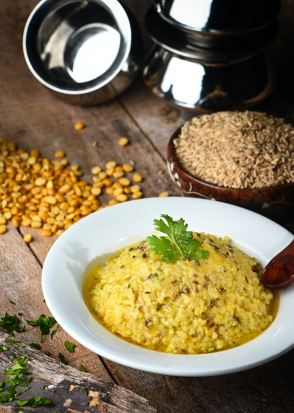
Human milk improves eyesight. It is okay about sheep and mare’s milk but to make medicine from human milk, Charak must have had to face many angry women
Culinary conquests and continental charms
Embraced not just by emperors but also by foreign travelers, ‘khichdi’ continued to captivate curious palates. Seleucus, the Greek king, noted the popularity of rice with pulses in the Indian subcontinent during his campaign. Ibn Battuta, a Moroccan traveler, and Afanasy Nikitin, a Russian adventurer, each documented their encounters with this dish.
Jean-Baptiste Tavernier, a French gem merchant, marveled at the indulgent touch soldiers gave to their ‘khichdi,’ dipping their fingers in ghee for an added burst of flavor. This revelation adds a touch of humanity to history, reminding us that even warriors longed for a little extra flavor.
A multitude of flavors: Regional variations
As ‘khichdi’ journeyed across India, it adapted and evolved, taking on regional flavors and characteristics. In the North, pistachio-laden khichdi became a royal marvel, while South India’s pongal variations brought forth an array of aromatic renditions.
Kashmir’s sacrificial khichdi, Awadh’s extravagant nut-laden creation, and Karnataka’s flavorful bisi bele bhat added their unique chapters to ‘khichdi’s’ ever-evolving saga. Bengal’s niramish khichuri, devoid of onion and garlic but rich in taste, stood out as a beloved festival delight.
The national dish debate
In 2017, a culinary controversy erupted when India’s beloved ‘khichdi’ was unofficially hailed as the national dish. Though celebrated for its health benefits and nourishing qualities, the debate stirred politicians and authorities, leading to clarifications that ‘khichdi’ might not bear the official national dish title.
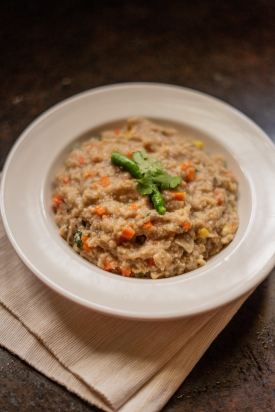
Places that serves best Khichadi
Mumbai– Tresind, BKC
Delhi- Gujarat Bhawan, Chanakyapuri
Ahmedabad – Sphere Lounge, Navrangpura
Gandhinagar– Premwati
A wholesome legacy
Well, the tales, stories and jokes can go on but, from common folks’ meals to the kitchens of emperors ‘khichdi’ has gone through many transformations. But, the light ‘khichdi’ made with split mung lentils and rice makes a place for itself in everybody’s home.
So there you have it, a culinary odyssey that spans centuries and traverses continents, revealing ‘khichdi’ as not just a dish but a symbol of unity, nourishment, and adaptability. From its inception as a humble sustenance to its embodiment of regal extravagance, ‘khichdi’ has journeyed alongside civilizations, transcending time and taste.
As you indulge in a warm bowl of this wholesome delight, remember that every spoonful carries with it the essence of history, culture, and the comforting embrace of a nation’s heritage.
Now, the choice is yours. Will you let the legacy of ‘khichdi’ end here, or will you continue this culinary tale, adding your own flavors to its ongoing narrative?

